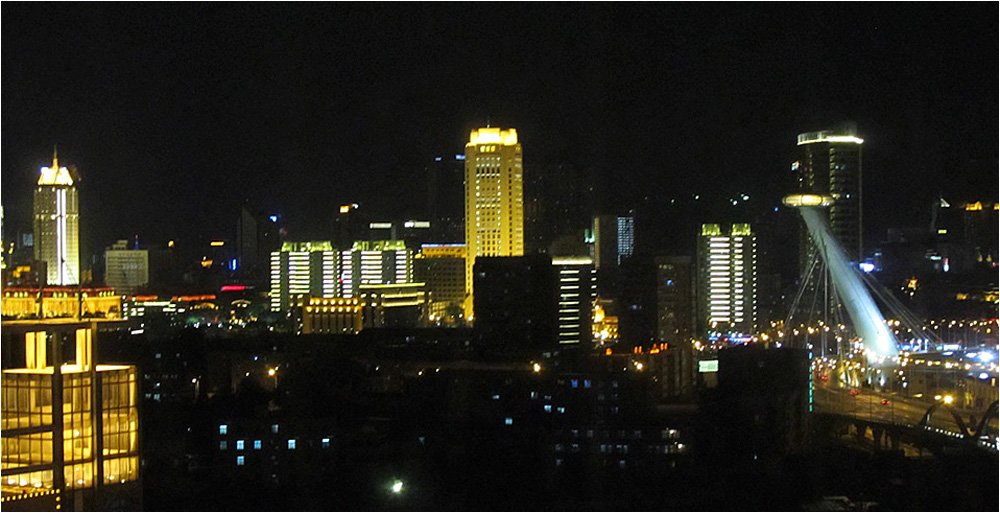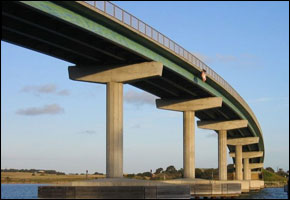The Stream, November 1: Population Growth
As the global population hit 7 billion yesterday — theoretically speaking, at least — the United Nations chose a newborn in the Philippines to symbolically mark the milestone.
But how did the world get so big so fast? Here’s a great visualization by NPR that zips through 1,000 years of human history — from 300 million to 7 billion. It only took 12 years to get from 6 billion to 7 billion, by the way.
Which are the natural resources most at risk of running out in a crowded world? According to the Guardian, more and more environmental thinkers argue that population growth is not, in fact, the real problem — rather that the rapid rise in consumption is the most pressing environmental issue.
Perhaps we will get more answers from this event at the Woodrow Wilson Center for Scholars today.
Shale Gas
The U.S. Department of the Interior plans to issue disclosure rules that will force companies to reveal the chemicals they use in hydraulic fracturing on federal lands, Reuters reported. The department is also working to develop rules focused on ensuring well integrity and managing waste water.
Asia and Australia
The Greens party in Australia will push next week for the federal government to override the states when the mining of resources such as coal seam gas threatens water resources, the Sydney Morning Herald reported. The move comes amid a growing backlash from farmers in New South Wales and Queensland against the gas industry.
The industrial estates swamped in Thailand’s worst floods in half a century are expected to resume operations within three months, Reuters reported, citing the Thai prime minister. Central Bangkok seems to be out of danger.
The Stream is a daily digest spotting global water trends. To get more water news, follow Circle of Blue on Twitter and sign up for our newsletter.
, a Bulgaria native, is a Chicago-based reporter for Circle of Blue. She co-writes The Stream, a daily digest of international water news trends.
Interests: Europe, China, Environmental Policy, International Security.







Leave a Reply
Want to join the discussion?Feel free to contribute!